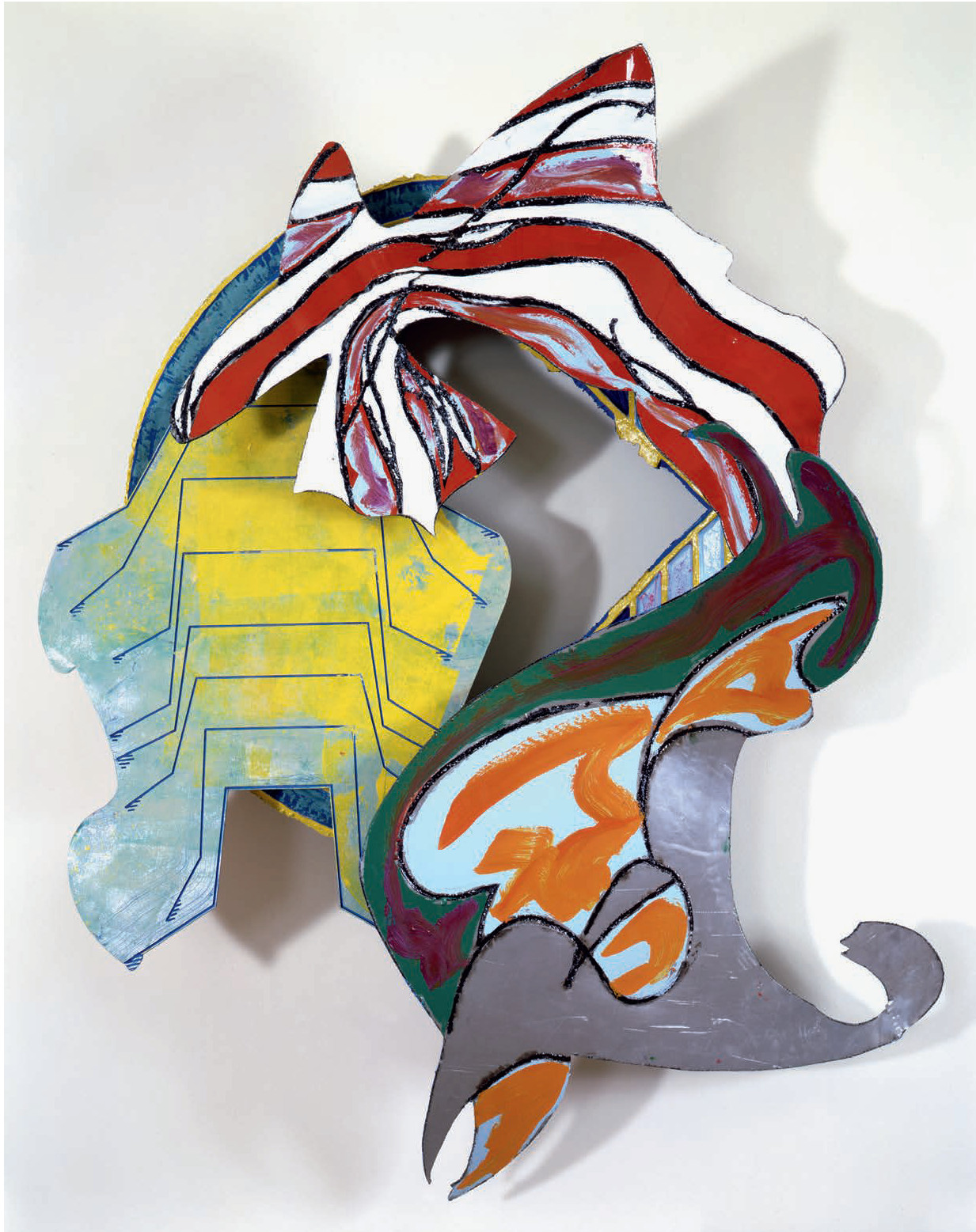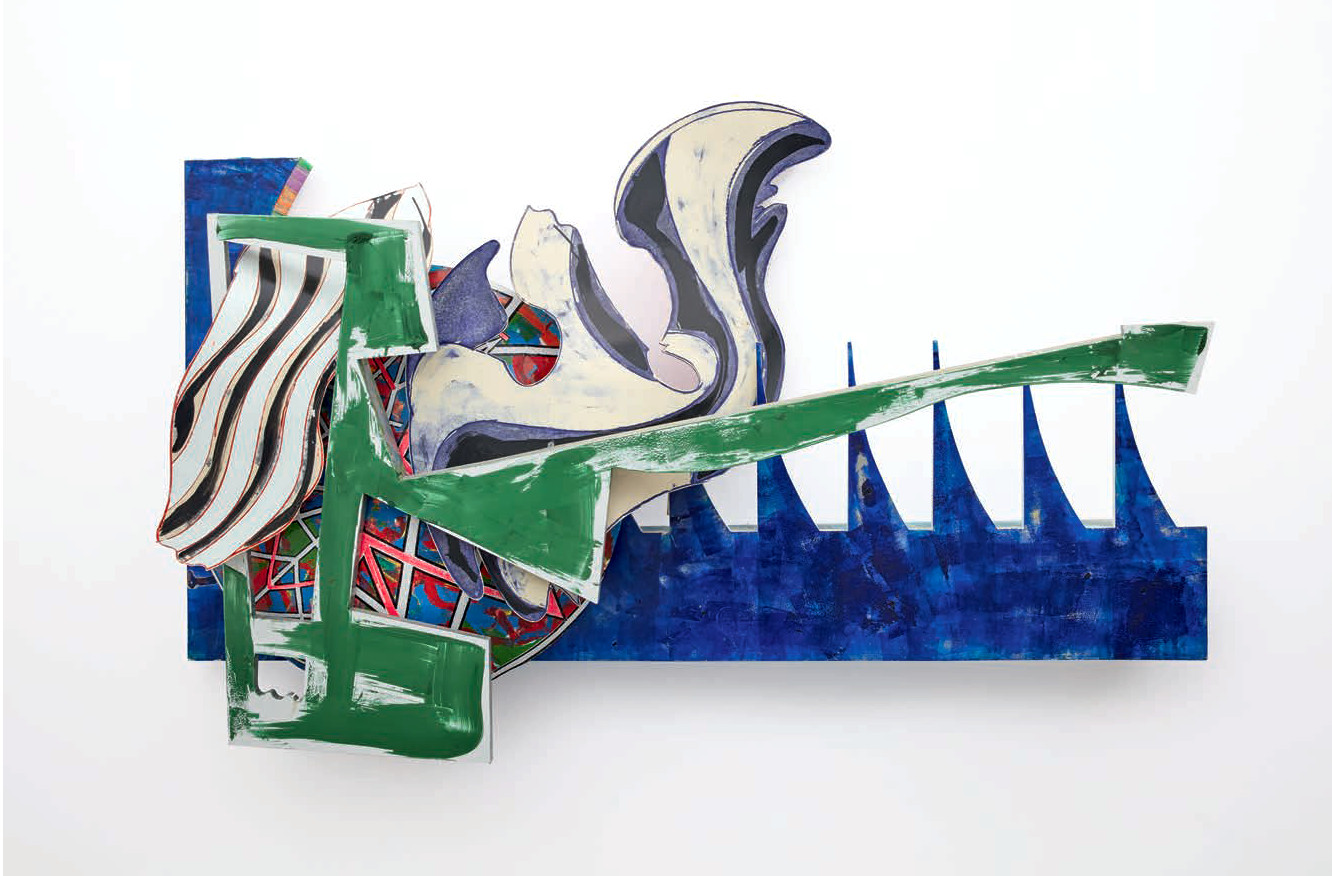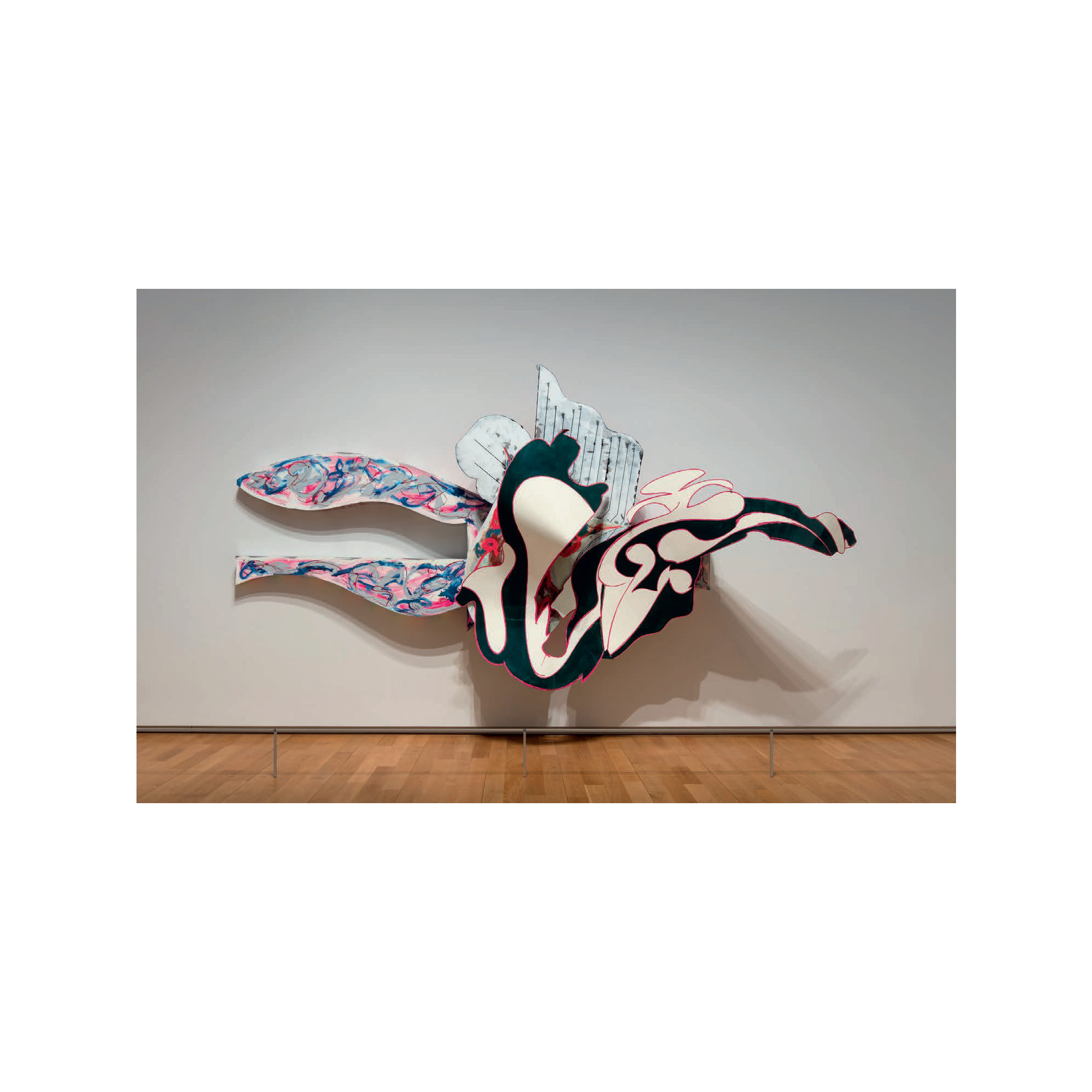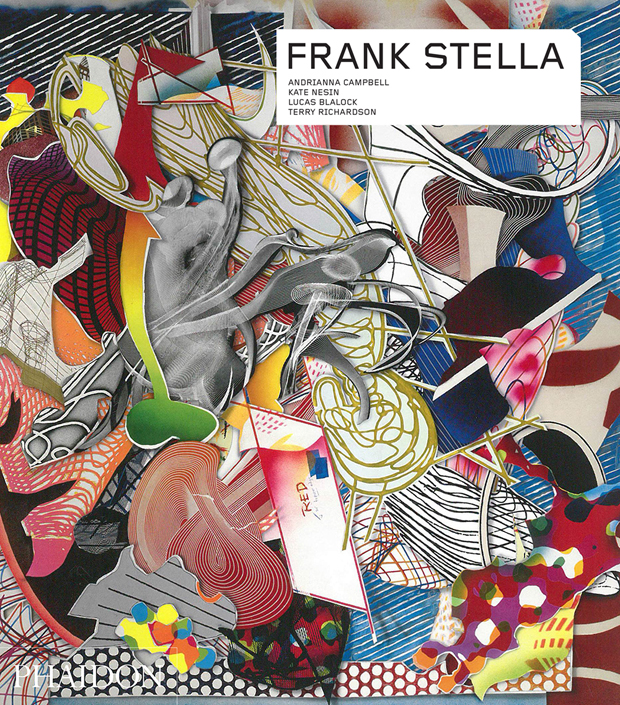
Understanding Stella: The Moby Dick series
Here's how Frank Stella's tribute to the Great American novel also paid a debt to the abstract expressionists
Frank Stella likes Moby Dick. "The detail in Melville is beautiful and he tries to sustain you during the trip and to indulge you in the language," he explains to the US art historian Andrianna Campbell in our new book. "It doesn’t have to make sense, except at the end, when it’s over. So while you’re working your way through it, you do have to look back and say, ‘Does it hold together, does it fit, does it work, does it make sense?’ But the fact of the matter is that when you construct something like that you’ll never say ‘Okay, I did it; now forget about it.’ It changes something. It shifts."

That changing, shifting quality is apparent in Stella's own Moby Dick series, a set of painting, lithographs and sculptures made between 1986 and 1997, that take their titles from chapters of Herman Meville's classic 1851 whaling novel.
For an abstract artist, the Moby Dick series gets pretty close to being figurative works. While they don't serve as illustrations for the book, there's something that looks a lot like teeth in Shark Massacre, and plenty of oceanic, wave-like shapes in all of the works. He has said in the past that he was partly inspired by watching the Beluga whales in the New York Aquarium.
Yet Moby Dick – a book which wrestles with ideas of intangible, unreachable greatness – also stands in for the giants of American art who came before Stella: the abstract expressionists. As he told the Guardian newspaper back in 2001, with specific reference to his Moby Dick series, "they're still the generation I admire. This is paying my debt, or not so much paying my debt as expressing my admiration for the abstract expressionist generation that I grew up with and that I admired the most, and that I still admire."

While expressing that admiration for the ab-exers, and capturing some of the beautiful chaotic order of the book, Stella also attempted to move his own medium forward with these works.
"Abstraction in the 20th century is dependent on cubism, which is arranging planes in space, but the planes are arranged in a kind of stiff and geometric kind of way," he said. "Once the planes begin to bend and curve and deform then you get into what happens in Moby Dick - it's a way of opening things up for abstraction."

For more on these paintings and many others order a copy of our new Frank Stella book, part of our Contemporary Artist series. And you can catch some great Frank Stella work at these exhibitions: New York, NY, Loretta Howard Gallery, Racers: Larry Poons and Frank Stella until February 10. Evanston, Illinois, Northwestern Block Museum of Art, Experiments in Form: Sam Gilliam, Alan Shields and Frank Stella, until June 24, Fort Lauderdale, FL, NSU Art Museum Fort Lauderdale, Frank Stella: Experiment and Change, until July 1, 2018 and Tuttlingen, Germany, Galerie der Stadt Tuttlingen, Frank Stella Prints (title tbd), October 6 – November 25, 2018. Meanwhile, on Friday, February 9 there is ‘An Evening with Frank Stella’ at the University of Houston. To celebrate the 20th anniversary of Euphonia there will be a discussion between Frank, Rick Lowe and Alison de Lima Green.